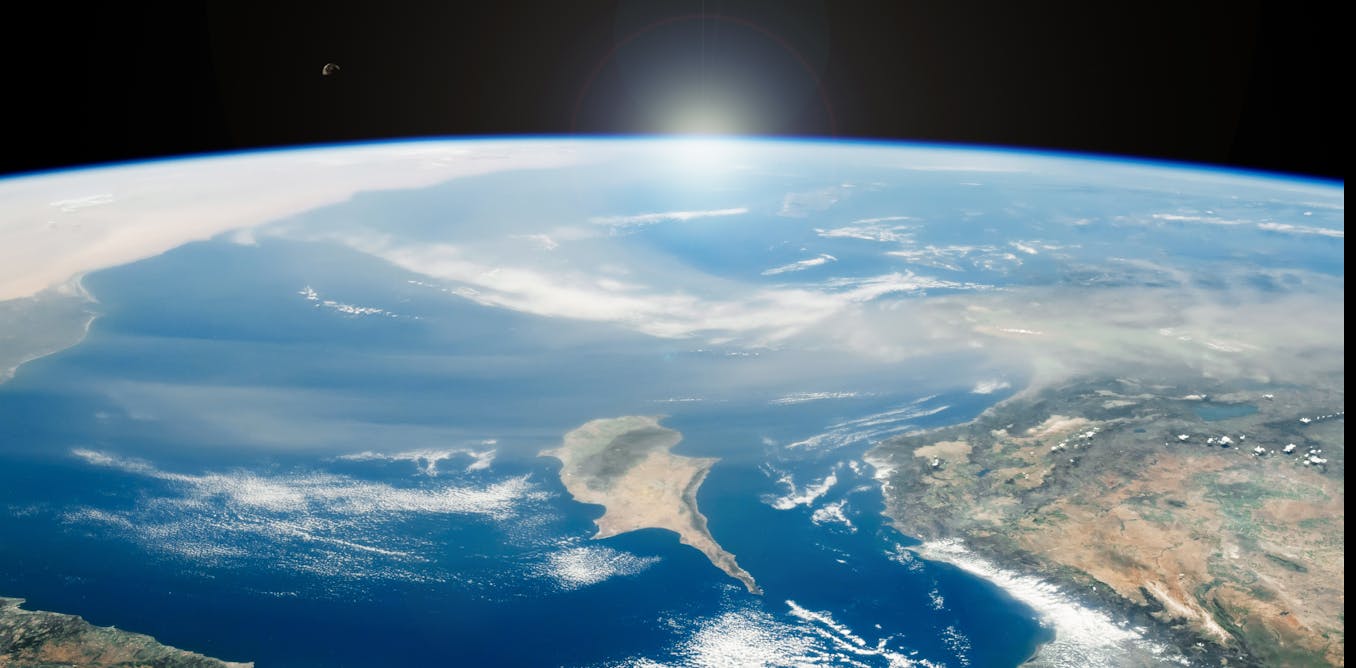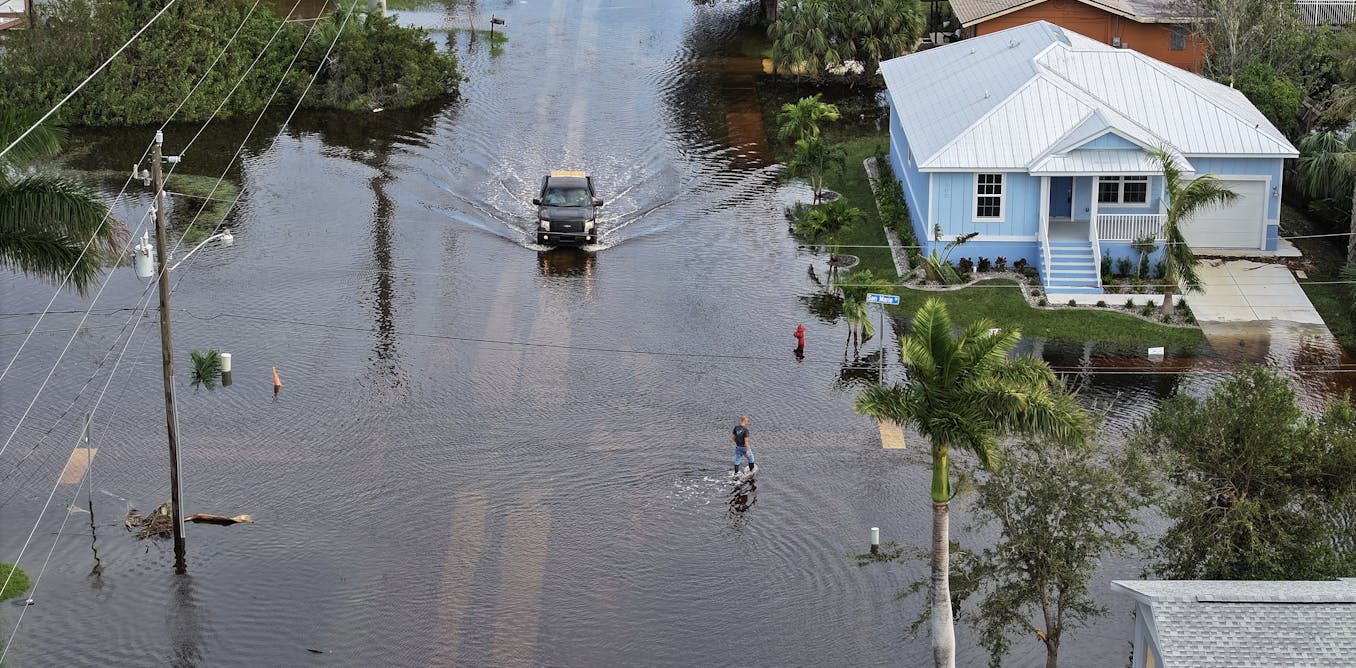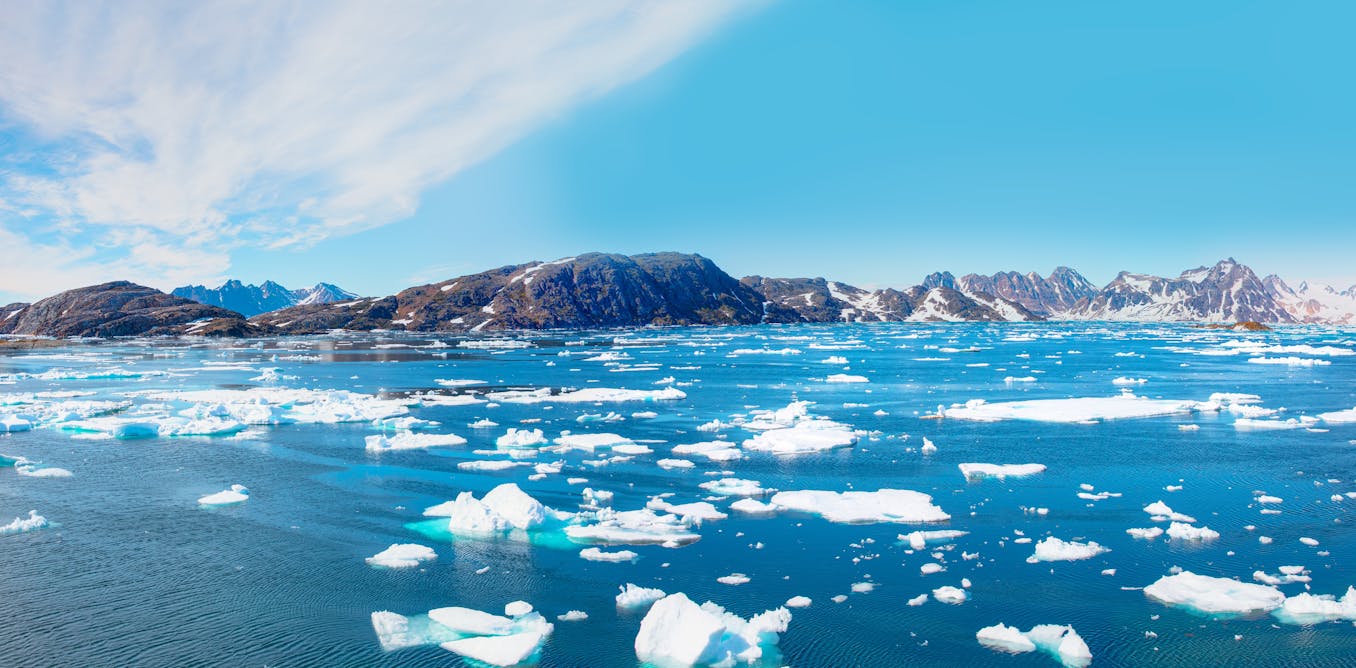You may think of dust as an annoyance to be vacuumed and disposed of, but actually, on a grander scale, it is far more important than most people realise. Globally, dust plays a critical role in regulating our climate, radiation balance, nutrient cycles, soil formation, air quality and even human health.
But our understanding of it has been hampered by limitations in current mathematical models. These models, built on methods developed decades ago, struggle to accurately simulate the properties and quantities of dust.
The latest research by my colleagues and I sheds light on these limitations and suggests a more nuanced picture of dust. Our findings reveal that dust emissions are not constant but shift seasonally and between hemispheres, across deserts and shrublands. This challenges the long-held notion that north Africa and the Middle East are the dominant sources of global dust.
Using two types of satellite data, our research suggests that dust emissions during dust storms are rare and localised, much like lightning strikes, and occur in constantly shifting locations.
Dust’s complexity
The cycle of dust emission, transport and deposition has positive and negative effects on our environment. Nutrients in deposited dust fertilise our oceans and rainforests. But dust from eroded sediment can also damage plants and trees and disrupt photosynthesis, while dust deposited on ice increases the speed at which it melts.
Variations in dust composition, like mineral type and colour, create a complex cocktail of particles injected into the atmosphere. This, in turn, interacts with clouds to influence how sunlight is reflected or absorbed, ultimately regulating Earth’s temperature.
So, it is vital we have an accurate understanding of where dust emissions are coming from, in what quantities, how dust is transported across the planet and where it ends up.
Dust emission models were developed nearly 30 years ago when there was far less data available. Consequently, those now classical dust cycle models made some assumptions. One important assumption was that Earth’s land surface was uniformly covered in perpetually loose and dry material, which was always available and caused dust emissions.
However, we now know from field measurements that soils are often crusted or covered in different types of gravel. The threshold for the wind to lift the soil and release it to the atmosphere was also assumed to be fixed and unchanging over time.
We also now know that sediment moves around the landscape and may not always be available. Vegetation covering the soil reduces the wind’s speed at reaching the soil surface, which then reduces dust emission. Dust models still assume that “greenness” indicates the presence of vegetation. However, in drylands where most dust emission happens, the vegetation is often brown, but its roughness still reduces the wind’s speed and shelters the soil from dust emission.
Consequently, classical dust cycle models have over-estimated the amount of dust emission. These weaknesses have remained since models were developed. This is mainly because modellers assume that by adjusting their dust cycle models to the measurements of dust in the atmosphere they overcome any weaknesses in the dust emission modelling.
A new approach
Almost a decade ago we developed a new approach using shadow to estimate how much of the wind’s speed is reduced by roughness, such as vegetation, on the Earth’s surface. This approach was still limited by the previous model assumptions described.
However, during the pandemic, traditional field studies became impossible. So, we adopted a new approach. Using satellites, we produced a global collection of dust emission points. This provided valuable data and paved the way for further research.
We found that existing models overestimated the role of north Africa as the primary source of global dust emissions. Our research shows that dust emissions shift seasonally and between hemispheres, from deserts in east Asia, the Middle East and north Africa as well as shrublands in Australia and North America.
Current models have only been providing a fraction of the story based on dust in the atmosphere above north Africa and the Middle East. Little dust emission was predicted to occur in the southern hemisphere. But this contrasts with field observations and the experiences of people in those regions.
These new findings are crucial for large scale models because the properties of dust are different depending on where they come from. Not only that, but dust may change as it is transported within a hemisphere to different destinations where it settles on land, in our oceans and on icecaps.
Our new understanding of dust distribution, quantity and seasonal shifts has significant implications. It will require revisions to historical reconstructions that explain past climate changes. Our findings will also influence future climate projections and how the dust cycle interacts with the carbon, energy and water cycles of Earth’s systems.
The post “Why we need to rethink what we know about dust” by Adrian Chappell, Professor in Climate Change Impacts, Cardiff University was published on 04/02/2024 by theconversation.com

The post “Why It’s Time for a Change ” by GretAi was published on 04/02/2024 by news.gretai.com




































